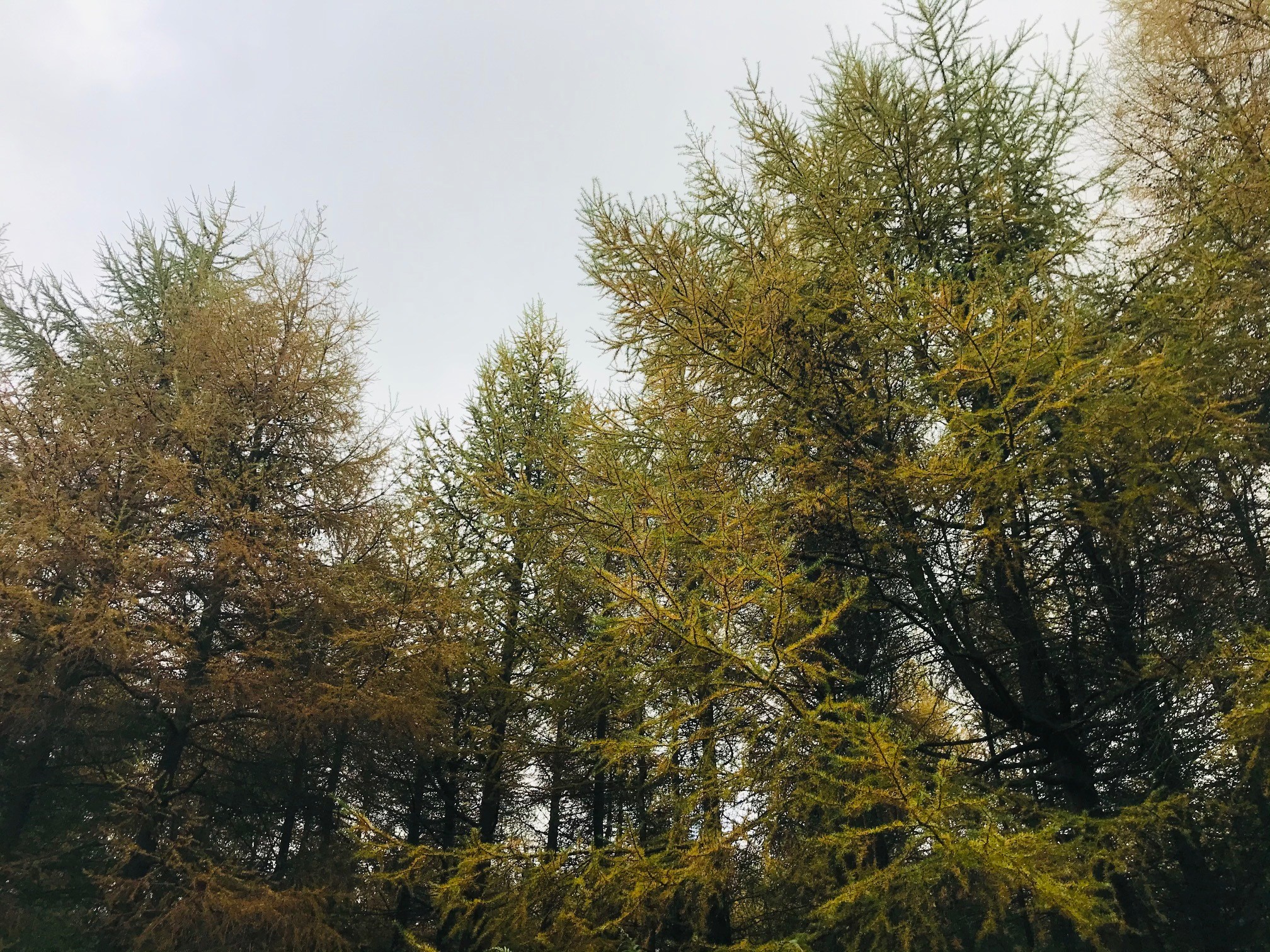After recent compulsory tree felling at Stockhill Woods, we have been issued with another Statutory Plant Health Notice for Phytophthora ramorum (‘larch disease’) infection. There is no treatment or cure for this contagious plant disease, so we must again remove all the infected trees.
What is happening?
We will be working in the forest during winter until early 2024. We will remove all the affected trees to try to minimise the spread of phytophthora ramorum from infected larch trees. Stockhill Wood is a working forest producing sustainable timber. By following appropriate biosecurity procedures, we can ensure that this timber can still be used.
Can I still visit Stockhill Wood?
The most important thing for Forestry England is to keep the public, our staff, and contractors safe. The forest will be open for you to visit but please follow all signs and instructions from staff at all times. These are for your safety, whether or not you can see or hear us working. This will help us to finish working as quickly as possible. Forestry work is very hazardous. A falling tree can weigh several tonnes and hit the ground at nearly 60mph. If a harvesting machine chainsaw snaps, it can fly through the forest like a bullet.
What about the wildlife?
Before we start any forestry work, we carry out thorough ecological surveys to check for species such as birds, mammals, rodents, invertebrates, flora, and fungi. We consider these findings against complex factors including tree health, how the ground slopes, soil condition, and likely rainfall when planning work that will support our long-term management plan.
On this occasion, we have no choice but to remove the infected trees and will take every care to minimise wildlife disturbance. We will continue to check for wildlife while working.
Where can I find out more?
Find out more about Phytophthora ramorum.

